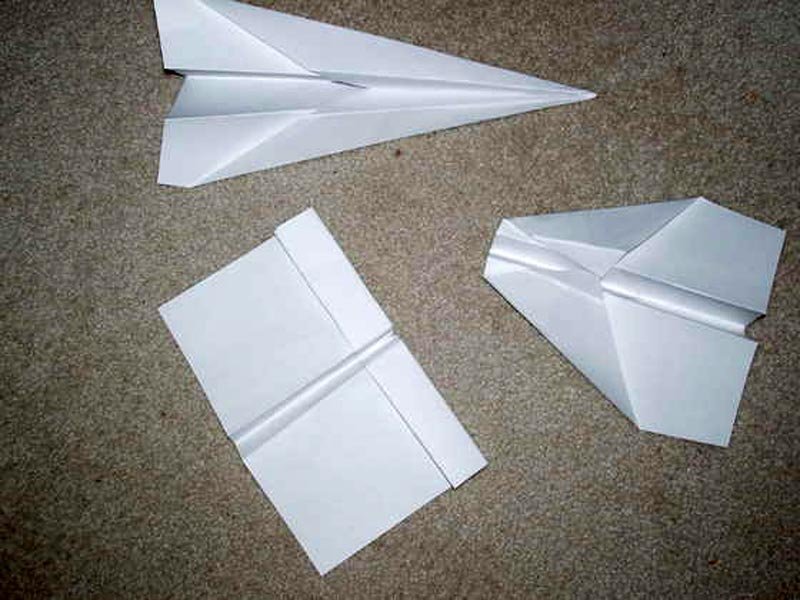Who hasn’t spent some part of some class at some point during his life making a paper aeroplane when he should be doing something else? You probably did and your child probably has as well. Why not turn this common time killer into a lesson on the physics of aerodynamics and flight? This is a great activity for students of all ages, but high school Physics students should have a greater understanding of fluid dynamics and be able to push the outer limits of paper aeroplane design.

What You Need:
❑ Various types of paper (any paper around the house is fine, but try to locate papers with different weights and thicknesses)
❑ Stopwatch
❑ Possibly other materials include paper clips, stapler, scissors and glue as needed by design
What You Do:
1. Brainstorm ideas with your teen about what makes a good paper aeroplane. Talk about the different variables that can be changed (type of paper, folding pattern, other materials used) and how each of these may influence the flight of the plane. Physics concepts to consider:
❑ Archimedes’ Principle – “An object surrounded by air is buoyed up by a force equal to the weight of the air displaced”. If your budding Orville Wright uses heavier materials in his plane construction, he needs to take into account that more air must be displaced in order to keep the plane aloft. He should consider compensating with a broader wing-span.
❑ Bernoulli’s Principle – “When the speed of a fluid increases, pressure in the fluid decreases”. In this case, the fluid is air. In order for a plane to stay airborne, there must be less pressure above the wing than below it. This allows the greater bottom pressure to exert an upward force on the wing, giving the plane lift. In order to accomplish this, wings tend to have a greater surface area on the tops than the bottoms. Picture the curved, slightly upturned, top of a wing. Now, as the plane moves through the air, wind must travel faster over the curved top of the wing than the flat bottom of the wing, providing lift.
❑ Air Resistance – Friction causes drag, an opposing force to the forward motion of the plane. In order to decrease air resistance, Orville should consider an aerodynamic design that allows the plane to “slice” through the air. Possible design accommodations should include a pointed nose and smooth body.
2. Gather the materials and each of you makes an aeroplane that you think will stay airborne the longest.
3. Let the competition begin! Either head outside on a calm day or find a large enough space to fly your planes indoors. Each person should take a few practice throws, then take turns having one person fly his plane while the other person times the flight. See whose plane stays airborne for the longest time.
4. Discuss the differences between your planes and why the winning plane flew longer than the other plane. Consider hitting the drawing board with new designs for a rematch. There are loads of sites on the Internet with various paper aeroplane designs. Consider visiting a few and seeing how their designs compare to the designs used by your child.
5. Turn up the heat on the competition and change the goal! Who can design the best trick aeroplane? Highest flying? Fastest?

